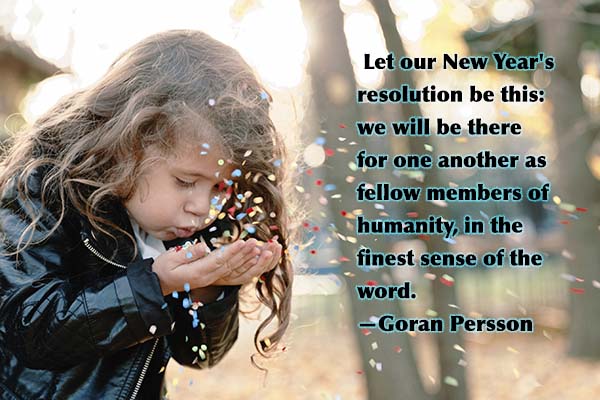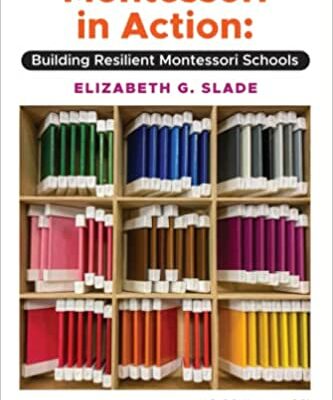(How to Keep Your Four Granddaughters Occupied and off Their Phones)
My husband and I recently painted our kitchen. Many different shades of green were tried on various walls until we settled on the perfect shade. However, we were left with four different sample testers. I’m very conscious of not wasting just about anything and did not want to toss them. What could I possibly use them for? The answer came through: a project to try out with my four granddaughters. (We have two granddaughters from each of our two daughters, ranging in age from 7.5 to 13.)
The two families were set to visit us in Florida in April. I love to have them do all kinds of projects when we are together. Plus, it would take them off their devices and engage them in conversation for a few hours.

We scheduled a Facetime visit and I presented this idea. My original thought was that I would provide a large canvas divided into 4 equal parts, allowing each granddaughter to use one of the shades of green to paint their portion. I envisioned them doing something abstract in nature and had a finished idea in my head. I only had a few ground rules.
-
They needed to collaborate on the project. They like to FaceTime with each other anyway so that was an easy one.
-
Prior to coming here they were to send me a sketch of what they planned.
-
And, when they began the painting, they needed to respect each other’s work area and not encroach onto anyone’s portion of the canvas.
Sounded simple enough, right? Well, when rethinking the project with my Montessori hat on I realized I was projecting my finished idea on them and not letting them actually come up with their own. Therefore, I was not really having them fully participate in a collaborative project. Hmmm, what to do, what to do? On top of that, the youngest (Harper) opted out of participating because she felt her artwork would never be as good as that of the three older girls. I felt terrible that I had set her up to fail. I needed to think of a way to get back on track with this being a collaboration and not a contest.
As it turned out, the other three decided the idea of abstract wasn’t in their wheelhouse and they would rather have the freedom to change the focus. They actually FaceTimed me and confessed this to me! I was very proud that they were able to tell me their feelings and express ideas they had agreed upon. So, I let go of my perception and told them whatever they came up with for ideas was actually wonderful. Everyone came away from that planning session happy and ready to go forward.
Preparing the Canvas
Stretching and Gesso-ing* a canvas takes some skills which were a little out of the skill level of children of this age, so I did that before they arrived. Plus, in Florida, where it’s quite humid, it was going to take the Gesso longer to dry.
The morning after the girls arrived in Florida, I took Harper quietly aside and explained to her she was free to join if she wished. No pressure, no judgment. She shook her head in a silent understanding way and that was that. She’s always marched to the beat of her own drum. I love that about her. Yet, I didn’t want her to feel excluded so I left the door open. Children need to feel they are safe to express feelings and those feelings are honored and respected.
Over the course of a few days they met and decided how they wanted to divide the canvas, shared thoughts, and changed ideas around. It was interesting that they did this all on their own. I just reaffirmed that this was a collaboration, and I was fine with whatever they were thinking. It demonstrated they were giving real thought to the project and understood the collaboration aspect. The biggest plus for me?
They were so ‘into’ the whole project, that their social media time on devices was quite limited.
Preparing the Environment
We were going to be using acrylic paint, so it was important to set up the work environment correctly. This is a really important part of any project you do with your children. Nothing can make the experience go sideways faster than if paint gets on furniture or flooring and/or clothing, causing tempers to flare and children to feel guilty. We spread a big tarp on the floor of our lanai (screened porch area in Florida) and had plenty of water in our bucket with rags to clean up any spills.
Again, once they began the painting portion, they decided to each use all the shades of green and change a few with adding some black or white. We discussed the difference in adding white hues and black shades to colors and mixing different greens together. Again, this became what the group decided, and I encouraged them to run with their ideas.
Harper looked on, staying in the background. No one tried to convince her to participate. When she came to the realization that everyone was really enjoying themselves, she picked up a brush (since she knew which was her panel) and began painting and chatting about her contribution. I didn’t make a big deal out of it; I just observed or assisted, when asked.
When she came to the realization that everyone was really enjoying themselves, she picked up a brush and began painting…
Since they felt the painting was lacking, they decided they wanted to outline their work in black magic marker. Again, it was their project and they got to make the decisions. Since I always have lots of different art supplies here, two of the girls found their box of plastic gemstones and decided to embellish their panels. Using the glue gun, Raegan was very specific about what the gems would do to tell her story better, while Harper free-formed it. The other two felt their panels were complete, signed, and finished.
Each granddaughter is so different in learning styles and focus. Aubrey is meticulous about every thing she does and strives for perfection.
Her sister, Harper, is way more random in her approach. My oldest, Blakely, took on a bit of a teen-tude, but, I think she actually was very proud of her panel and praised the others for their contributions.
In the end, I ended up with a painting, which now hangs on our lanai wall. I loved watching and talking to them while they were creating this painting from the planting of the idea to the final project. When given the chance, the idea and opportunity to do something collaboratively brings one more memory into the family.
The Finished Project
When the painting was finished I wanted to make certain it was able to be outside so I sealed it with Mod Podge, a sealing product (available through amazon.com). It now proudly hangs on the wall where I hope it will stay until we move. We took a group photo of them with their painting. When I look at the photo, I see the joy and satisfaction on their faces.
Enjoy your time with young children because they grow up in the blink of an eye. It seems like just yesterday when I submitted my first article to Tomorrow’s Child magazine after Blakely Jayne was born thirteen and a half years ago.
This wasn’t an expensive project and could be done on wood if you aren’t experienced with canvas stretching and Gesso. Get creative have some fun!
*Gesso prepares (or “primes”) canvas for painting, making the surface slightly textured and ready to accept acrylic paint. You can buy gesso from any art supply shop. It is very similar to white acrylic paint, only thinner. It dries hard, making the surface more stiff. Without gesso, the paint would soak into the weave of the canvas. The word gesso is a noun, but many artists also use it as a verb. For example: “You need to gesso your canvas before you paint.”

Margot Garfield-Anderson worked with the Montessori Foundation for twenty years, serving in many capacities. Happily retired, Margot continues to act as a volunteer with the Foundation, the International Montessori Council, and is a regular contributor to Tomorrow’s Child Her role as grandmother to four adorable granddaughters, using the Montessori way of life, has been her greatest joy.






